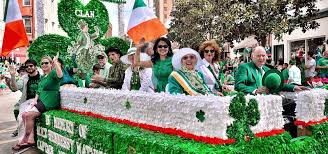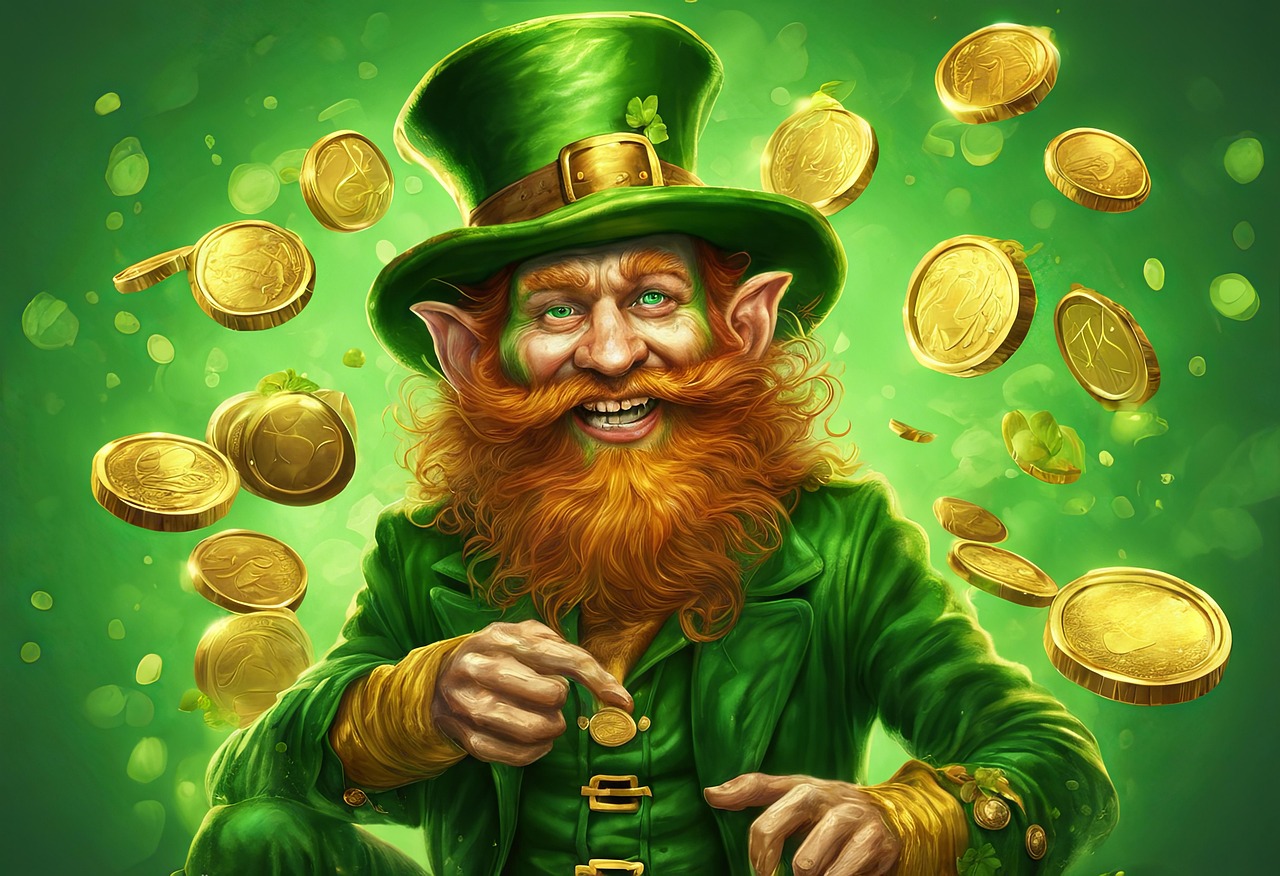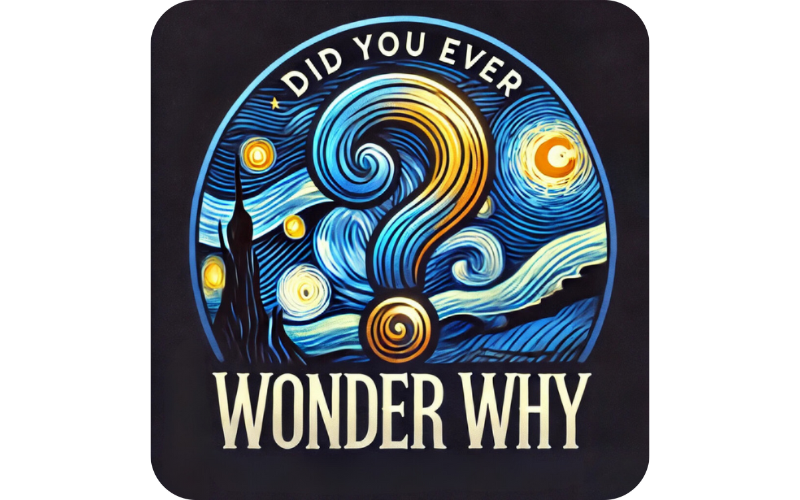Every year, on March 17th, millions worldwide celebrate St. Patrick’s Day, which has grown far beyond its Irish origins. From parades and festivals to wearing green and consuming hearty Irish food and drinks, St. Patrick’s Day is an occasion filled with joy, unity, and a sense of cultural pride. But while it is celebrated with great enthusiasm today, the holiday is rooted in history, legend, and traditions that span over a thousand years.
Who Was St. Patrick?
The story of St. Patrick begins with a man named Maewyn Succat, born in the late 4th century in what is now known as Britain. Captured by Irish raiders at the age of 16, he was taken to Ireland as a slave. During his six years of captivity, Patrick turned to his Christian faith for strength and eventually escaped back to Britain. After returning home, he studied to become a priest, and later, a bishop. He felt a calling to return to Ireland, this time to spread Christianity and convert the Irish.
St. Patrick’s missionary work is said to have played a pivotal role in converting the Irish to Christianity. Legend has it that he used a three-leafed shamrock to explain the concept of the Holy Trinity (Father, Son, and Holy Spirit), which is why the shamrock is a central holiday symbol today. St. Patrick’s Day is celebrated on March 17th because it marks the day of his death in 461 AD, which later became a feast day in his honor.
St. Patrick’s Day and Irish Culture
While St. Patrick’s Day began as a religious holiday in Ireland, it has become a broader celebration of Irish culture and heritage. Irish music, dance, folklore, food, and drink are now integral to the festivities. The Irish diaspora, especially in countries like the United States, Canada, and Australia, has played a key role in the global expansion of the holiday.
In Ireland, St. Patrick’s Day is a public holiday marked by church services, parades, and cultural events. The day is often associated with wearing green, which is linked to Ireland’s lush, green landscape and also reflects the belief that wearing green makes you invisible to leprechauns, mischievous fairies from Irish folklore. The tradition of wearing green is widespread in many countries, where even people of non-Irish descent join in the fun by donning green clothing or accessories.

The Global Celebration of St. Patrick’s Day
The celebration of St. Patrick’s Day outside of Ireland is a testament to the spread of Irish culture and the influence of Irish immigrants worldwide. In the United States, for example, the first St. Patrick’s Day parade took place in New York City in 1762, organized by Irish soldiers serving in the British army. Over the years, the parade grew in scale and popularity, and now New York hosts one of the world’s largest St. Patrick’s Day parades, with hundreds of thousands of participants and spectators.
In cities across the globe, from Sydney to Buenos Aires, people gather to celebrate Irish culture with parades, concerts, and parties. It’s common to see buildings, rivers, and even fountains lit up in green in honor of St. Patrick’s Day. One of the most iconic spectacles is the dyeing of the Chicago River, which has been a tradition since 1962.
Food, Drink, and Festivities
No St. Patrick’s Day celebration would be complete without its share of food and drink. While traditional Irish dishes like corned beef and cabbage and shepherd’s pie are often featured, modern-day festivities also bring out an array of other foods and beverages. In particular, Irish pubs and restaurants worldwide serve up pints of Guinness, the dark stout that has become synonymous with Irish pubs.
In recent years, St. Patrick’s Day has become an excuse for people to indulge in festive drinks, with green beer being a particularly popular option. Some choose to enjoy a classic Irish whiskey, such as Jameson, or perhaps a smooth Irish coffee, with its blend of hot coffee, Irish whiskey, sugar, and cream.
In addition to food and drink, St. Patrick’s Day is marked by lively parades, dancing, and music. Irish folk music, including songs played with traditional instruments such as fiddles, flutes, and bodhráns (a type of drum), fills the air as revelers dance to the rhythm of the music. The traditional Irish dance style known as céilí is often performed in both small and large groups, providing an energetic and engaging atmosphere for those who love to move their feet.

The Leprechaun and Other Symbols
The leprechaun, perhaps St. Patrick’s Day’s most widely recognized symbol, is a small, mischievous fairy from Irish folklore. According to legend, leprechauns are known to hoard treasure, often in the form of gold, which they hide at the end of a rainbow. They are notoriously tricky and can outwit anyone who tries to capture them. The idea of the leprechaun has become a staple of St. Patrick’s Day imagery, often depicted wearing a green coat, buckled shoes, and a hat. Though leprechauns are a relatively recent addition to St. Patrick’s Day traditions, they are now inextricably linked with the holiday.
Alongside the leprechaun, the shamrock remains one of the most enduring symbols of St. Patrick’s Day. In addition to representing the Holy Trinity, it is also associated with good luck. People continue to use the shamrock as a symbol of hope, fortune, and prosperity, and it is seen in decorations, clothing, and even tattoos during St. Patrick’s Day festivities.
Conclusion
St. Patrick’s Day has evolved from a religious observance into a global celebration of Irish culture, history, and identity. Whether you have Irish roots or not, St. Patrick’s Day offers an opportunity to celebrate the rich traditions of Ireland through music, dance, food, drink, and fun. So, as March 17th approaches, don your green attire, raise a glass, and join in the festivities that bring people together from all corners of the world to honor the legacy of St. Patrick.
After all, whether you’re attending a grand parade or simply enjoying the day with friends, St. Patrick’s Day is all about embracing joy, community, and the spirit of celebration.
